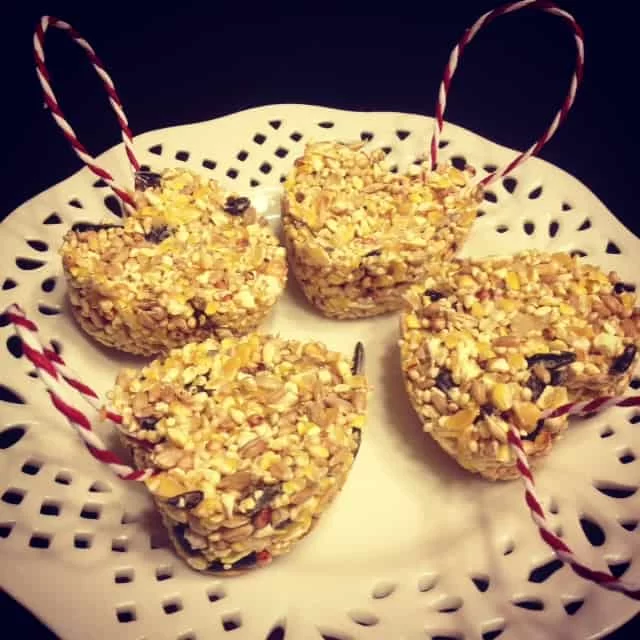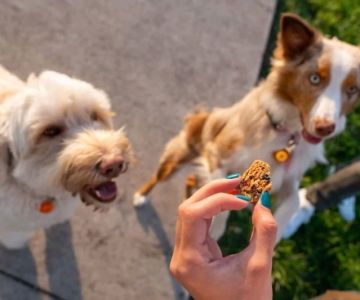- 1-Benefits-of-Homemade-Bird-Treats-for-Parakeets-and-Small-Birds
- 2-Nutritional-Considerations-for-Bird-Treats
- 3-Easy-Recipes-for-Homemade-Bird-Treats
- 4-Tips-for-Feeding-and-Storing-Homemade-Treats
- 5-Real-Life-Examples-and-Expert-Advice
1. Benefits of Homemade Bird Treats for Parakeets and Small Birds
Providing homemade bird treats is a rewarding way to enhance the diet of your parakeets and other small birds. Unlike commercial treats, homemade versions allow you to control the ingredients, ensuring they are free from harmful additives, excessive sugars, or preservatives. This control promotes better health and longevity for your birds.
Moreover, the process of making treats at home deepens the bond between you and your feathered companions. Birds are naturally curious, and offering a unique snack can stimulate their senses, encouraging natural foraging behavior that prevents boredom and behavioral issues.
Homemade treats also provide an opportunity to customize recipes according to the dietary needs or preferences of individual birds. For example, if your parakeet has a sensitivity to certain seeds or nuts, you can adjust ingredients accordingly to keep them safe and happy.
1.1 Enhanced Nutritional Quality
Many commercial treats contain fillers that offer little nutritional value. By contrast, homemade bird treats can incorporate nutrient-dense ingredients such as millet, flax seeds, or dried fruits, tailored to the specific needs of small birds. This approach supports feather health, energy levels, and overall well-being.
1.2 Cost Efficiency and Freshness
Another advantage is cost efficiency—making treats yourself can be less expensive over time and ensures the freshness of every bite. This is especially beneficial for owners of multiple birds or those who prefer organic and natural ingredients.
2. Nutritional Considerations for Bird Treats
Understanding the dietary requirements of parakeets and small birds is crucial before preparing homemade treats. These birds need a balanced diet rich in vitamins A, D, calcium, and proteins while avoiding toxic substances.
2.1 Safe and Unsafe Ingredients
While seeds like millet are excellent for treats, ingredients such as avocado, chocolate, caffeine, and onion must be avoided as they are toxic to birds. It’s also important to limit sugary or salty additions.
2.2 Balancing Treats Within the Overall Diet
Treats should never replace a complete diet but instead complement it. Ideally, treats constitute no more than 10% of a bird’s daily intake to prevent nutritional imbalance. Incorporating fresh vegetables and fruits along with seeds in the treat recipe enhances nutrient variety.
3. Easy Recipes for Homemade Bird Treats
Creating homemade bird treats can be simple and fun. Here are two effective recipes that are popular among parakeet owners:
3.1 Millet and Honey Seed Bars
This recipe combines millet seeds with a small amount of natural honey and oat flakes to create a nutritious, sticky bar. Mix the ingredients and press into small molds. Bake at low temperature (about 150°C) for 15 minutes until firm. Allow to cool completely before serving.
3.2 Fruit and Nut Treat Bites
Blend finely chopped dried fruits like apple or pear with chopped nuts such as almonds (unsalted) and a bit of cooked quinoa. Form into tiny balls and refrigerate until set. These provide vitamins and energy while being highly palatable for small birds.
4. Tips for Feeding and Storing Homemade Treats
Feeding homemade treats should be done thoughtfully. Introduce new treats slowly to observe any adverse reactions or preferences. Offer treats in moderation to avoid overfeeding and use them as enrichment or rewards during training.
4.1 Proper Storage
Store homemade treats in airtight containers in a cool, dry place. Some recipes, like the fruit and nut bites, are best kept refrigerated to maintain freshness. Always check for signs of mold or spoilage before offering treats to your birds.
4.2 Encouraging Natural Foraging
Present treats by hiding them in bird-safe foraging toys or natural branches. This method encourages mental stimulation and exercise, essential for the well-being of small birds confined indoors.
5. Real-Life Examples and Expert Advice
One parakeet owner shared how switching from store-bought treats to homemade millet bars transformed her bird’s behavior. “My little Kiwi became more active and less prone to feather plucking after I introduced the DIY treats,” she noted. This highlights how diet directly influences bird health and behavior.
Veterinarians from Hidden Brook Veterinary emphasize the importance of consulting with a professional before making significant changes to your bird’s diet. They recommend regular health check-ups to monitor nutritional status and suggest specific ingredients that best suit individual bird species.
In addition, many owners have found that homemade treats not only improve physical health but also strengthen the emotional bond with their pets by creating interactive feeding experiences.












